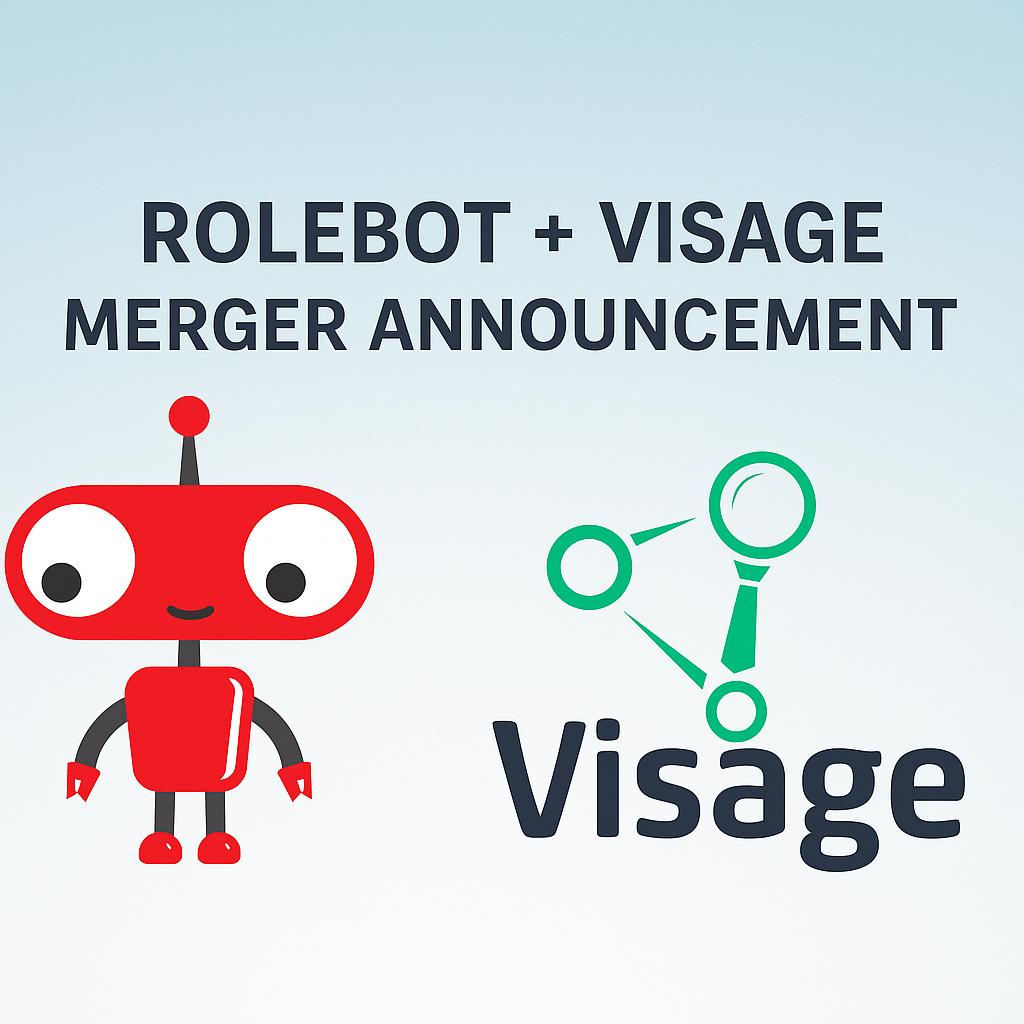Rolebot & AbstractOps
Expanding, diversifying and accelerating global talent sourcing with Rolebot.
"Rolebot has been one of our best investments in the overall efforts of recruiting and sourcing talent."
The Background
No one starts a business saying, “I’m super excited to do HR, finance, legal, compliance and regulatory work.”
Except for maybe Adam Spector and his co-founders at AbstractOps, an innovative software company that has figured out a way to automate and sync all of those repeatable operational tasks that businesses need to connect as they’re scaling.
“You start a business because you’re excited by one key thing – whether it’s developing the next AI tool, bringing a consumer product to market or innovating biotech. Maybe you’re starting a restaurant – but it’s not because you’re great at managing waiters and line cooks,” Spector says. “It’s because you’re a great chef. That’s why you start your business.”
Unfortunately, for many startups, new founders often realize that 20-30 percent of their time is spent managing these time-consuming tasks, according to Spector. Many will fail as a result.
That’s why AbstractOps has found a way to solve this time-consuming barrier by layering its API across a company’s existing HR, payroll, equity and benefits systems to seamlessly sync, translate and connect them, says Spector, a three-time founder who developed product for Twitter prior to co-founding AbstractOps.
Trading “human API” for an operations-syncing API tech tool
Historically, companies leaned on their traditional “human API” network to push and pull data between their operational systems.
“If you’re hiring globally, which lots of startups are doing, how do you track what’s happening operationally in 50 states, let alone 150 countries? It’s impossible, so you’ll miss things and make mistakes. We’re gathering this knowledge for you.”
At AbstractOps, the recruiting process is viewed no differently. Whereas in the past, companies had no other option than to source, vet, engage and convert potential employees with a human in HR, technology has changed that.
“The problem with recruiters – and part of the reason why I love Rolebot – is recruiters are always held back by the relatively small size of their network. Hiring managers want to talk to a ton of great people who are seemingly qualified. They want the best talent in the world – not just the best talent that a recruiter knows of because they’ve been in the business for 15 or 20 years,” says Spector.
While any organization might first try to solve a headcount issue, increase, diversify or expand the candidate pool by hiring a chief of staff, he says that a new hire is still just one person.
Rolebot, on the other hand, allows AbstractOps to scale efficiently by using artificial intelligence to produce candidates in volume and expand the field of candidates while diversifying the employee pool.
Another challenge of the traditional model is many potential employees aren’t looking passively or actively, making it difficult for recruiters to uncover new talent. Yet, somehow, Spector says, Rolebot – which sources 75 percent of passive prospects who never apply and convinces many candidates to take the next step and have a conversation with the company.
“If I had to choose between Rolebot and the traditional recruiting process,” he says. “traditional would be the first to go.”
The team recommends the recruiting tool to all of their clients, including many startups, “because the ROI is super high and Rolebot brings tremendous value to the workflow.”
“Truthfully, Rolebot has been one of our best investments in the overall efforts of recruiting and sourcing talent,” he says. “It has an impressive ability to find talent that meets our criteria and delivers a solid number of candidates to speak with our team.”
Diversifying while expanding the employee pool
While not the sole driver, Rolebot has significantly changed the quality and diversity of AbstractOps’ employee base, which has increased from four to 40 since its founding two years ago.
With a workforce that’s about half female to male and more than 40 percent non-white, the company’s employees represent diversity in all demographics, including sexual preference, gender identity and geographic location, with most spread across New York, the Bay Area, Chicago and Florida.
“We very much believe as a company,” Spector says,
“that if we want to build a globe-spanning company in a truly game-changing business, we need to have a team that’s representative of the globe, and Rolebot has helped us accomplish that.”
Rolebot allows AbstractOps to scale efficiently by using artificial intelligence to produce candidates in volume and expand the field of candidates while diversifying the employee pool.
See how Rolebot can supercharge your recruiting process.
This Could Also Interest You:



